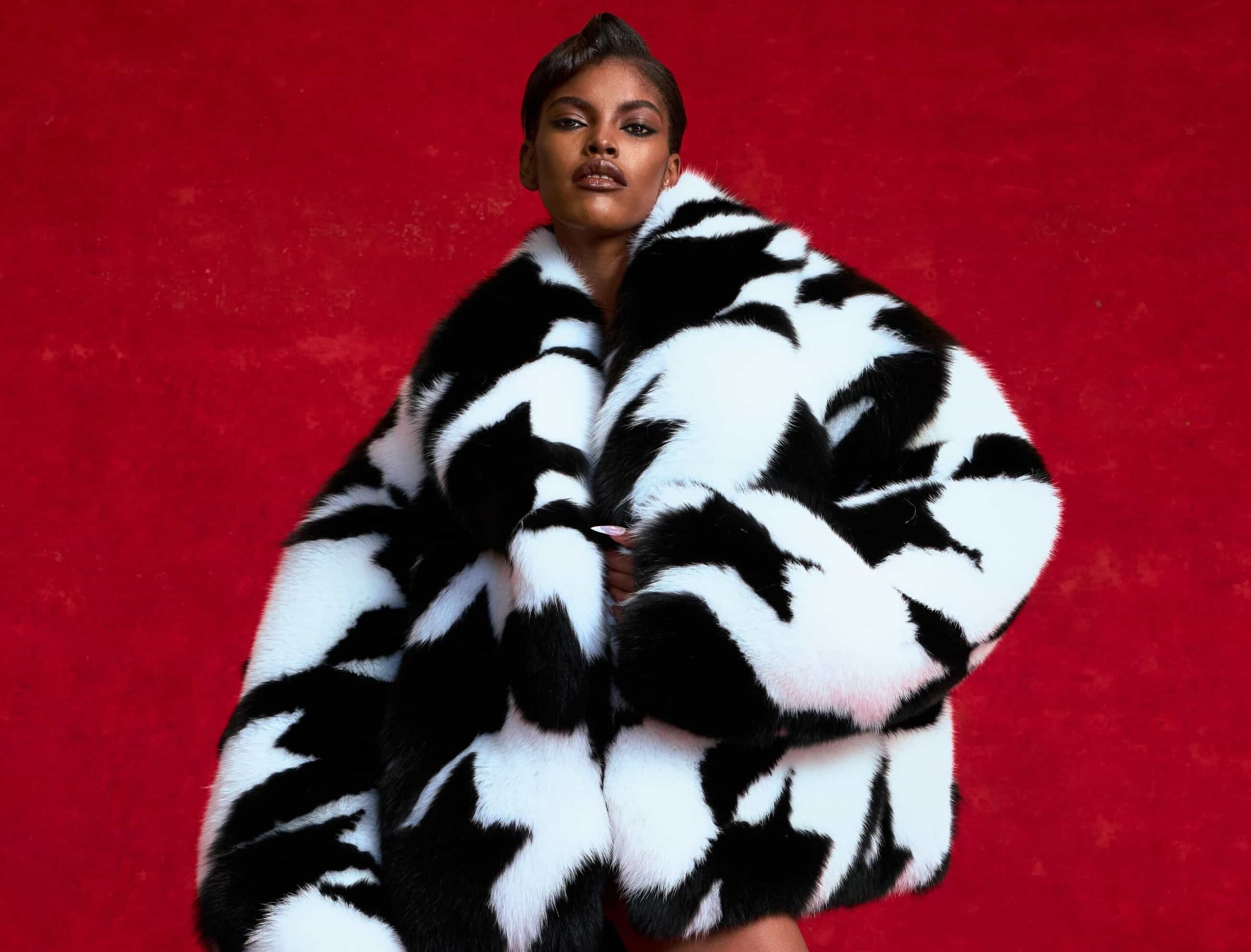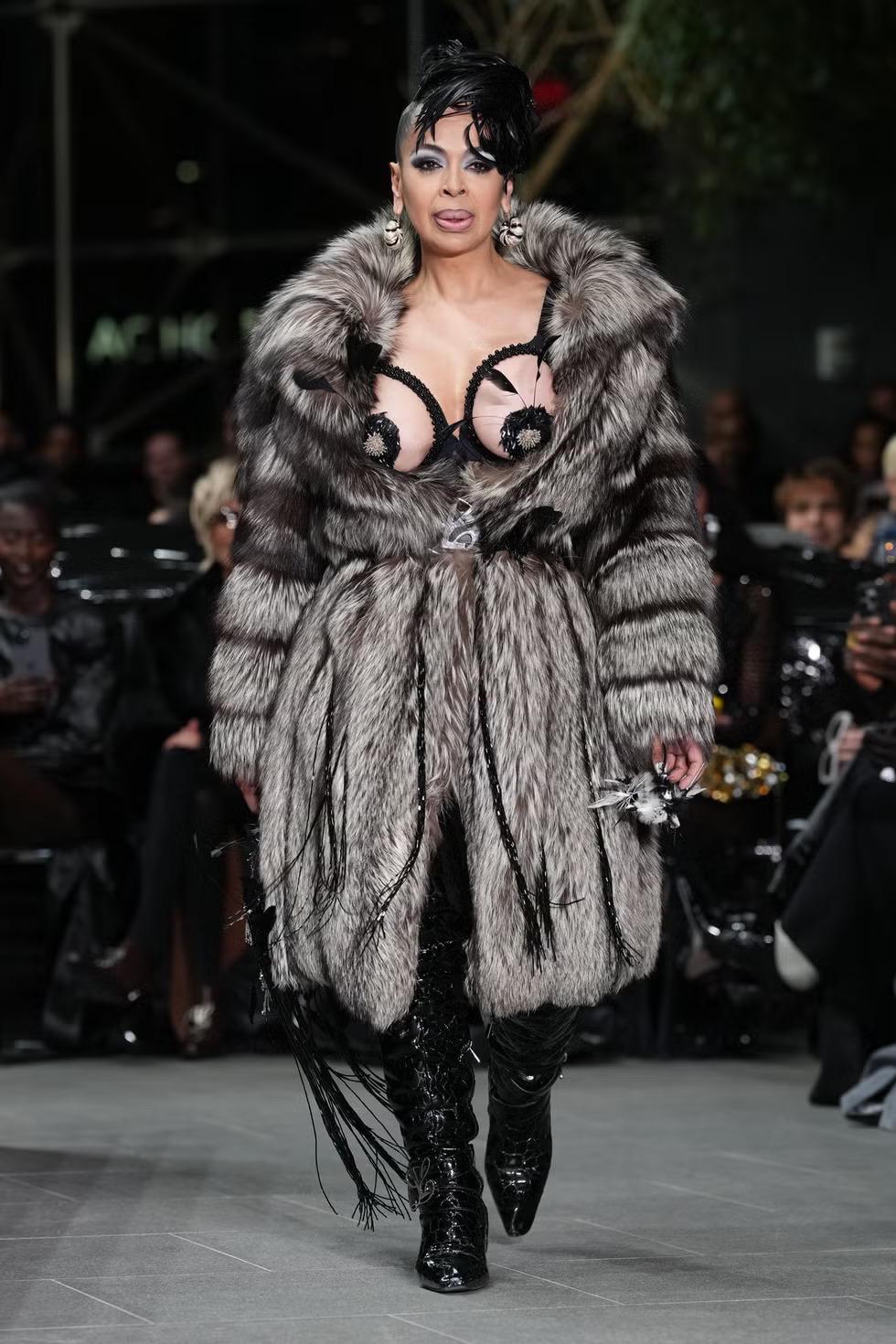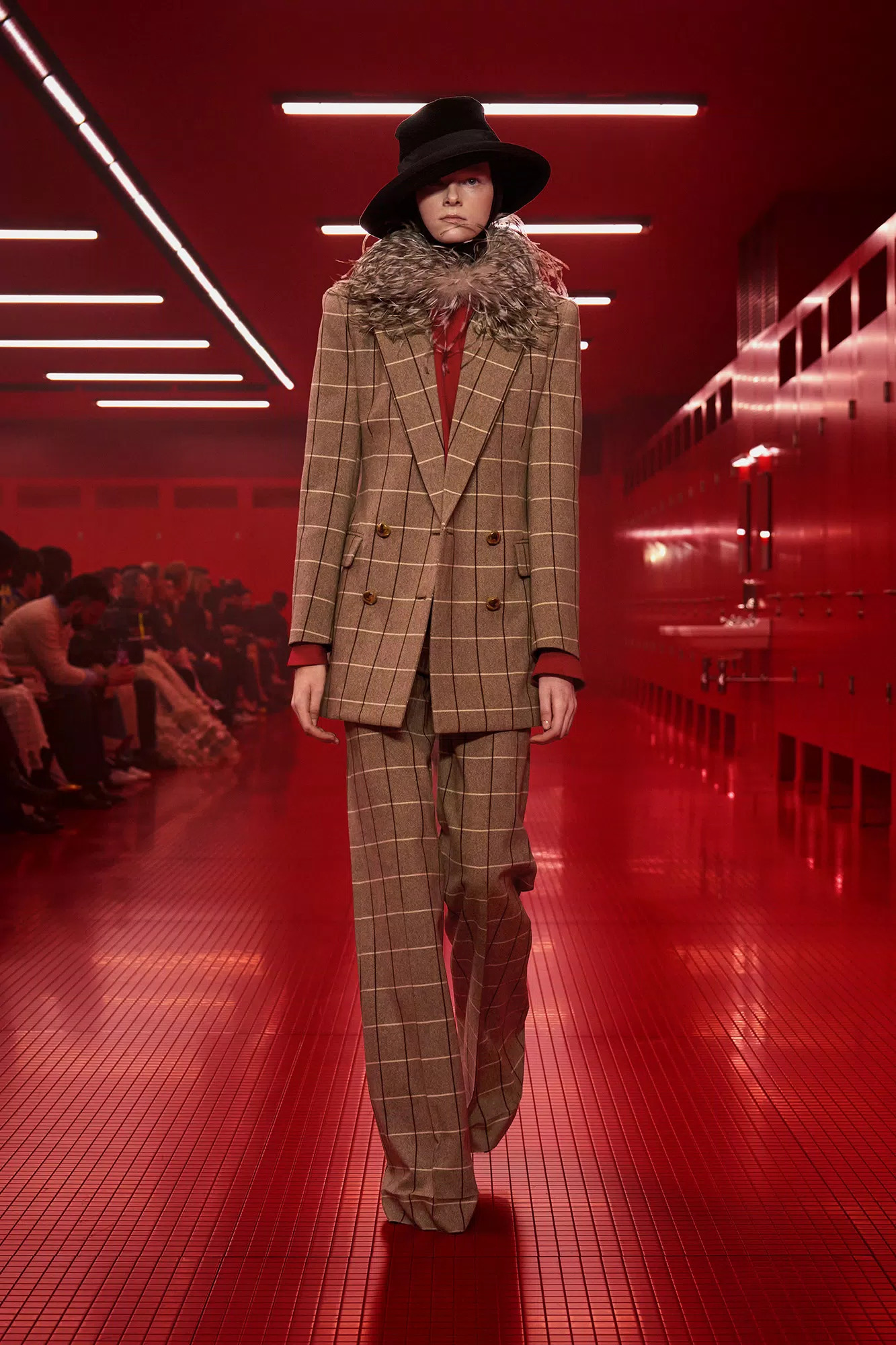
Photo: Courtesy of LaQuan Smith
In 2023, HBO’s hit show Succession premiered its fourth season. The very successful show’s Season Four premiere episode went viral for a particular moment when the character Tom critiques Bridget’s Burberry check bag, calling it “ludicrously capacious.” The moment sparked a debate about the distinction between luxury and old-money style, and how members of the 1% prefer a minimalist style, as seen in brands like Loro Piana, Brunello Cucinelli, and The Row.
The moment sparked a rise in the quiet luxury trend, more conversations about old-money style, and a wealth of videos on TikTok about how wealth remains discreet. For a moment in time, minimalism reigned as one of the most desirable aesthetics. Fast forward to 2025, and it seems the approach to how wealth is presented—and its aesthetics—has undergone a complete 180.
We are now in the era of what has been called the “Boom Boom Era.” Boom Boom style is characterized by maximalism and flaunting wealth. Boom Boom fashion hearkens back to the ’80s, when everything was about excess. Dynasty and Dallas were two of the most popular evening soap operas and featured ultra-wealthy characters in statement shoulder pads, diamond jewelry, and finely tailored Italian suits.
With so many trends now being micro-trends due to short attention spans and fast-fashion churn, the Boom Boom Era is expected to have a longer shelf life than most. An age of excess has returned. HBO Max’s The Gilded Age and White Lotus, two TV shows depicting the ultra-wealthy, are among the network’s biggest hits. In an era of economic downturn, brands like Hermès continue to perform well, and Richemont, owner of jewelry brands Cartier and Van Cleef & Arpels, is currently one of the better-performing luxury companies.
Oddly, a return to flaunting wealth and over-the-top dressing would happen when America faces a cost-of-living crisis, with rising rents, mortgages, and childcare costs for parents. However, the Boom Boom Era is more about dressing for the life you want rather than the life you have. This trend makes sense following the obsession with old-money style and quiet luxury, where most people discussing it online are not from wealthy backgrounds. People have always been fascinated by the lifestyles of the rich and powerful, including how they dress.
With so many trends being cyclical, it is also fitting that the Boom Boom Era has gotten its moment in the spotlight. Athleisure and comfort dominated wardrobes circa the pandemic, followed by revenge dressing—though it was more classic and minimalist. Now, consumers are adopting a more-is-more vibe.
Global shopping platform Lyst’s annual index of the hottest brands ranked Loewe, Miu Miu, and Saint Laurent as the top three for searches, product views, and sales. Of these three brands, Saint Laurent is the only minimalist brand. Loewe is known for its statement-making designs, including a handbag in the shape of an elephant, balloon heels, and sparkly blue shirts. Miu Miu’s latest offerings have included feather-trimmed bras, paillette-embroidered panties, and logo sunglasses.
Aside from maximalist luxury brands, certain products once thought out of style, like fur, are making a comeback. For the past decade, designers and brands including Michael Kors, Versace, and Gucci have all phased out fur, with Donatella Versace even saying, “Fur is over.”
However, fur—particularly vintage fur—is seeing a comeback, especially as consumers are viewing it as a sustainable material. Some fur pieces have been passed down through generations, and natural fibers like fur, leather, and silk have a much longer shelf life than synthetics like polyester. Beyond vintage fur, even young and emerging designers are capitalizing on the Boom Boom aesthetic with real fur.

Photo: Courtesy of Luar
At New York Fashion Week last February, Luar featured fur stoles in the brand’s latest collection, and LaQuan Smith showcased opulent fur bombers. These certainly weren’t grandma’s furs, as both brands capitalize on youth and sex appeal. New York City still retains the largest fur market in the country.
Outside of New York, the European runway shows were also loud and proud about Boom Boom style. Valentino has continued its maximalist turn under Alessandro Michele, who became known for his camp style at Gucci. Versace debuted a 3D-printed dress with oversized crystals. Even Burberry debuted faux fur-trimmed coats that pushed the envelope from their classic style.

Photo: Courtesy of Gucci
Polarizing emotions have defined this return to an era of excess. The Society for Personality and Social Psychology has said flaunting wealth is seen negatively as a demonstration of power and social inequality, particularly as the wealth gap widens. Showing excessive wealth is considered a lack of concern for others.
There are also two reactions to wealth-flaunting: aspiration or envy. Those who aspire toward upward mobility and have rising financial potential may see the Boom Boom Era as something to aspire to, but those envying the excess of Boom Boom style and the disposable income it symbolizes might find themselves irritated by status symbols (ironic for a trend based more on dressing for the life you want than the life you have).
Also, in an era of rampant income inequality, one of the new status symbols is having a busy schedule rather than material objects. Rather than buying material possessions, a lack of time is considered a status symbol in America because people somehow attribute higher status and higher social standing to individuals who are always busy, according to a report by NPR.
Regardless of how some might feel about the Boom Boom Era, we are back in a maximalist mood. It’s time to dust off the fur coats and power suits.